General introduction.
Hamas commandos knew they would fight deep in Israeli territory. Very far from their supports, supplies and other Hamas units. Their targets were there: Israeli civilians and military personnel killed or taken hostage. And they knew that once 2 or 3 days had passed, the Israeli forces, superior in human and material resources, would attack, pursue, and ambush them. Their end, in general, was death. Since the Israelis would in this case still have a surplus of captured enemies. To interrogate and learn the parameters that Hamas used, to surpass them for a time: surprise them and establish combat superiority over their troops in many parts of Israel.
The various attackers carried out a “swarm attack” on positions in central and southern Israel. Several of the principles or norms of military forces in a conventional attack were disregarded. For example, the unity of the objective and the unity of command of the forces and the maintenance of a structure, of a deployment for all attacking forces. Here, each small Islamist “unit of action” had its own leader and its own objective. And, it is the set of actions of the “attacking swarm” that defines the strategy and complex real objective of Hamas.

Here, Hamas forces attacked divided into a multitude of independent groups, small and sufficient, in charge of striking and/or destroying. Or occupy the Israeli military post, kibbutz or cooperative, and take Israeli or Western foreign hostages to send them to Gaza.
All of this reveals and shows us that the military effect sought by Hamas‘s multi-objective attack is an Internal Moral Shock, increased by the surprise factor of the action, already installed in the military establishment and in the populations of Israel. The aura of invincibility of the Israeli Armed Forces and the effectiveness attributed to Mossad and other affected security agencies, not so conspicuous, have been broken.
It is the set of «action units» of the militias, composed of variable weapons or branches of the FA: infantry, airborne, anti-tank, light armor, health, military police, which carries out, through these multiple and quasi-simultaneous actions on the Israeli Nation: The effect of shock, shattering, heartbreaking material and moral.
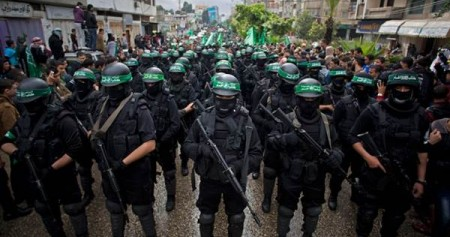
This multiple and general effect is inexorably transmitted to Israelis in arms through social mechanisms. The effects of damage to people and property not protected by the army, the invasion of cruel and vengeful Palestinian forces, which occupy and destroy different points in Israel, commotion and produce shock and disorientation of the troops.
Israel says it has mobilized almost 300,000 reservists to attack the Gaza Strip. They are not the best troops to maintain combat readiness and combat alert.
The geographical and military social scenario of the Islamist radicals.
The so-called Gaza Strip is a narrow, flat and small coastal corridor next to the Mediterranean Sea, located south of Israel. More than one and a half million people live crowded together in its approximately 363 km2 of surface. 99% of the inhabitants are Muslims and Christians number between 15 and 20 thousand souls. The strip reaches a demographic concentration of around 4,150 people per km2, which is one of the highest in the world. Its shape is that of an elongated rectangle, about 45 km long, measuring 12 km at its widest part. At the south is its border with Egypt of about 11 km, around the strategic city of Rafah.
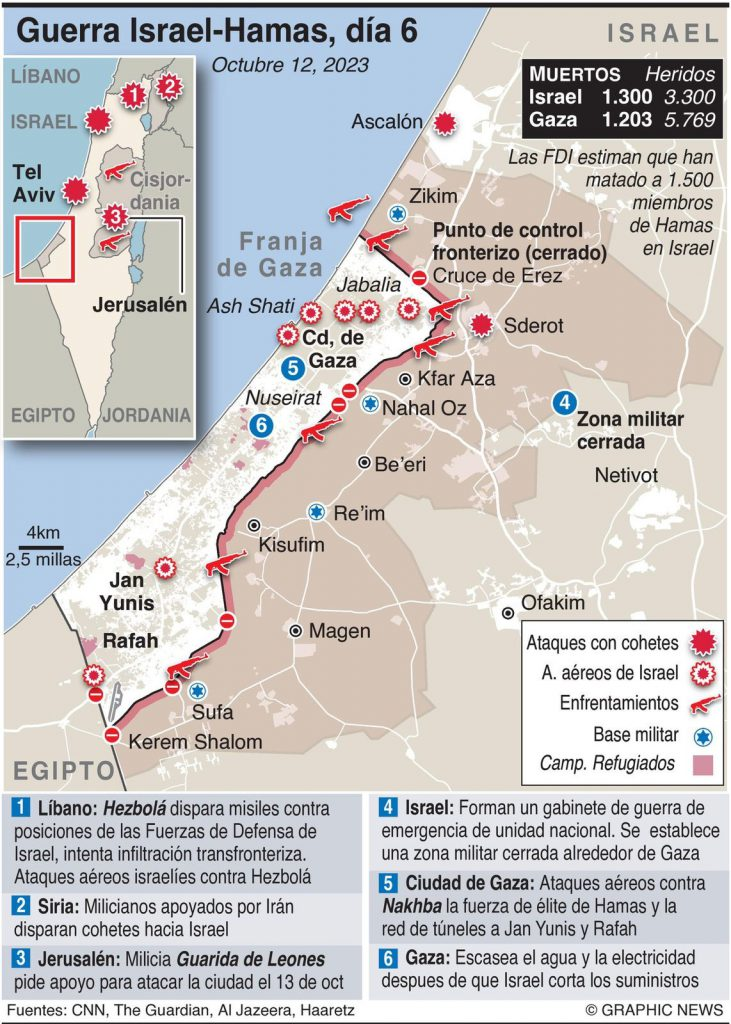
To the east and north the Gaza border with Israel extends for about 51 km. The most important population of the strip is the one that gives it its name, Gaza, located in its northern third. The other prominent towns in the strip actually constitute “districts”, “peripheral neighborhoods” or “satellite towns” of the “ecumene” of Gaza. Among those not yet mentioned we will highlight Beit Hanoun (in the extreme north), Beit Layla, Sheikh Zaid, Dayral Balah (in the center), Jabalia and Kan Yunis (in the south, but not on the border with Egypt).
The unemployment rate of the population is between 35-40%. This makes it very dependent on external aid. And, furthermore, it excites their identity and social demands and defines as “solely” responsible for their evils the most visible, socially and culturally different, and close enemy, Israel. The search for a quick and utopian solution for this population necessarily requires a sufficient defeat of Israel, the oppressive and imperialist power. This makes its population very inclined to embrace “radical Islamist militants” doctrines and parties (the RIM). They allow them to glimpse and evaluate a solution, even in an indefinite and imprecise future. And at least they give them the hope they all need. Islamic Jihad and Hamas are the two main Islamist organizations with implant in Gaza.
Ideology of radical Islamist Palestinians.
Hamas, as a totalitarian socio-political-religious organization, exercises extensive power in all areas of civil coexistence of the inhabitants of Gaza. This power is also conditioned by the nature of the struggle in conditions of isolation, encirclement and hardship. This allows Hamas to invoke in its “general defense” the oppression to which the entire Palestinian population of Gaza is subjected, whether real, felt and/or magnified. Without, in practice, the tremendous suffering of the Palestinians being clearly distinguished from the victimhood wielded by Hamas or the Islamic Jihad. Between 100 and 200 thousand are the actual active militants of both radical organizations. In addition, there are their sympathizers and collaborators, with different degrees of involvement in the services and time dedicated to supporting Hamas and Islamic Jihad.
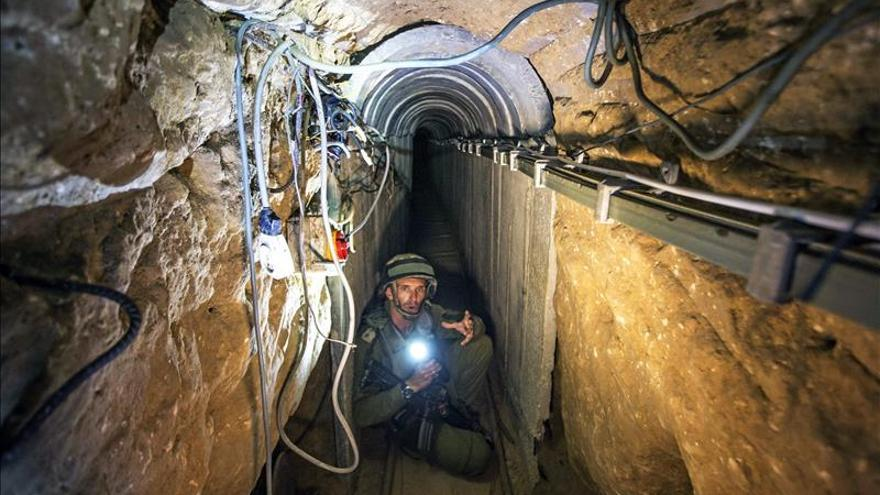
Hamas mesmerizes, tenses and grows due to the prospects of a more or less close confrontation with Israel. A people cannot be kept permanently in arms, much less in “combat readiness.” But, the reason for being of Hamas is to recover and imitate doctrinally, socially and militarily the epic and glorious times of the first century of Islam, which approximately coincides with our 7th century and the first part of the 8th. It was the era, after the death of Muhammad, extended in time beyond the first 4 caliphs, from Abu Baker to Ali, called by the Sunnis the Rashidun, the “rightly guided (by God)”.
Because its radical totalitarian ideologists have decided that, when Islam practiced armed Jihad and was rigorous in its faith and customs, Islam convinced, overwhelmed, spread prodigiously across three continents and was almost invincible… And they believe that by reproducing the “basic conditions” of that social context, of that booming civilization, today’s Muslims will once again be great, feared, respected and accepted. There is nothing more and nothing less.
We verify that every few years a “casus belli” occurs or is caused, worthy of its name and with its pernicious effects for the corresponding populations. Thus, there are not many possibilities of being able to truly dialogue with this, to reach common ground and reach peace agreements that are consistent and acceptable to all.
Operational considerations of the Defense of Gaza against Israel.
The land defense of Gaza is very difficult to sustain over time. The strip lacks geographical space to establish a flexible, mobile and echelon in depth defense. This is necessary to give power, solidity, continuity and support to the rejection struggle.
Furthermore, the external supply of weapons, ammunition and military equipment to Hamas would be strangled by Israel. To ensure the sealing of Gaza, the Tsahal could establish “locks”, located transversely in the strip and occupied with reinforced mechanized infantry. They would prevent the transit of military equipment from Egypt. Iran‘s weapons and equipment have their hub or logistics center in Yemen. From here they are transported across the Red Sea to northern Sudan, from where they depart in caravans of trucks. They cross into Egypt halfway along its southern border and head to Rafah.
The Israelis sporadically carry out bombing raids on this “evil route”, concentrating on the intermediate depots along the route and on cargo vehicles. In October 2012, an unexpected explosion destroyed a weapons factory near Khartoum, the capital, and other times, truck convoys are destroyed. The naval persecution of this smuggling flow, through detection and exploration drone flights over the Red Sea, is carried out by the USA. And it is the scarce and reluctant collaboration of the three countries involved, Yemen, Sudan and Egypt, which does not allow the transit (traffic is merchandising) of heavy reactive artillery weapons to be made excessively burdensome for intermediaries and with little return for the end user.
(to be continued)
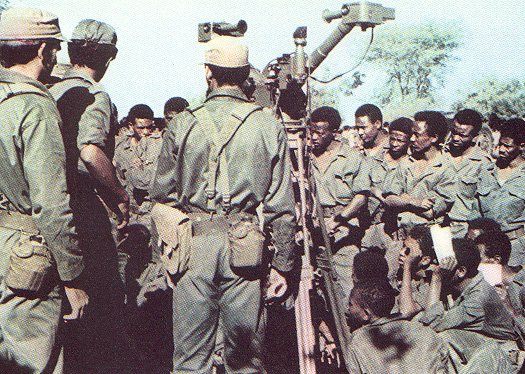







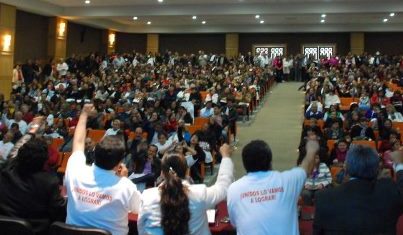


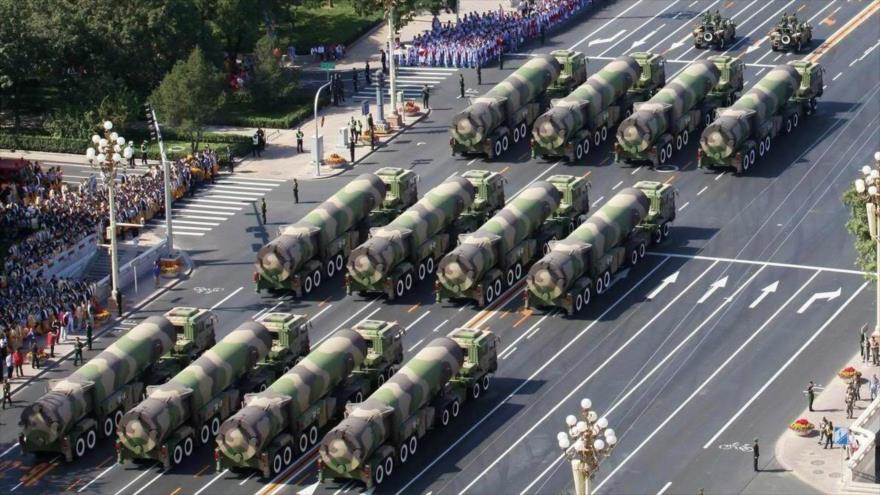


 Russians in Syria. First, they devastate and then his infantry advances to sweep away and occupy. The Syrian civil dead do not matter for them.
Russians in Syria. First, they devastate and then his infantry advances to sweep away and occupy. The Syrian civil dead do not matter for them. Two disembarkation vessels of the Black Sea’s Russian Fleet load troops for Tartus’s Syrian port. «To defend the national Russian interests in Syria».
Two disembarkation vessels of the Black Sea’s Russian Fleet load troops for Tartus’s Syrian port. «To defend the national Russian interests in Syria».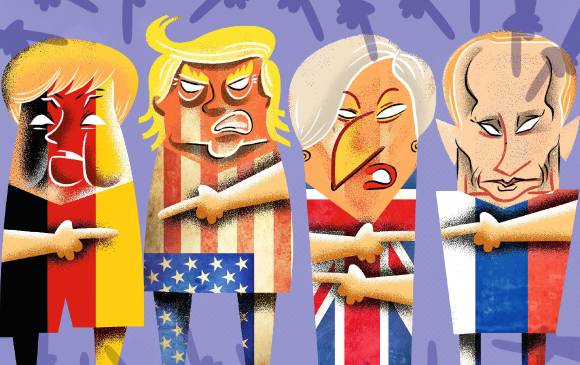
 The Roman Palace of the Congregation of Propaganda Fide.
The Roman Palace of the Congregation of Propaganda Fide.